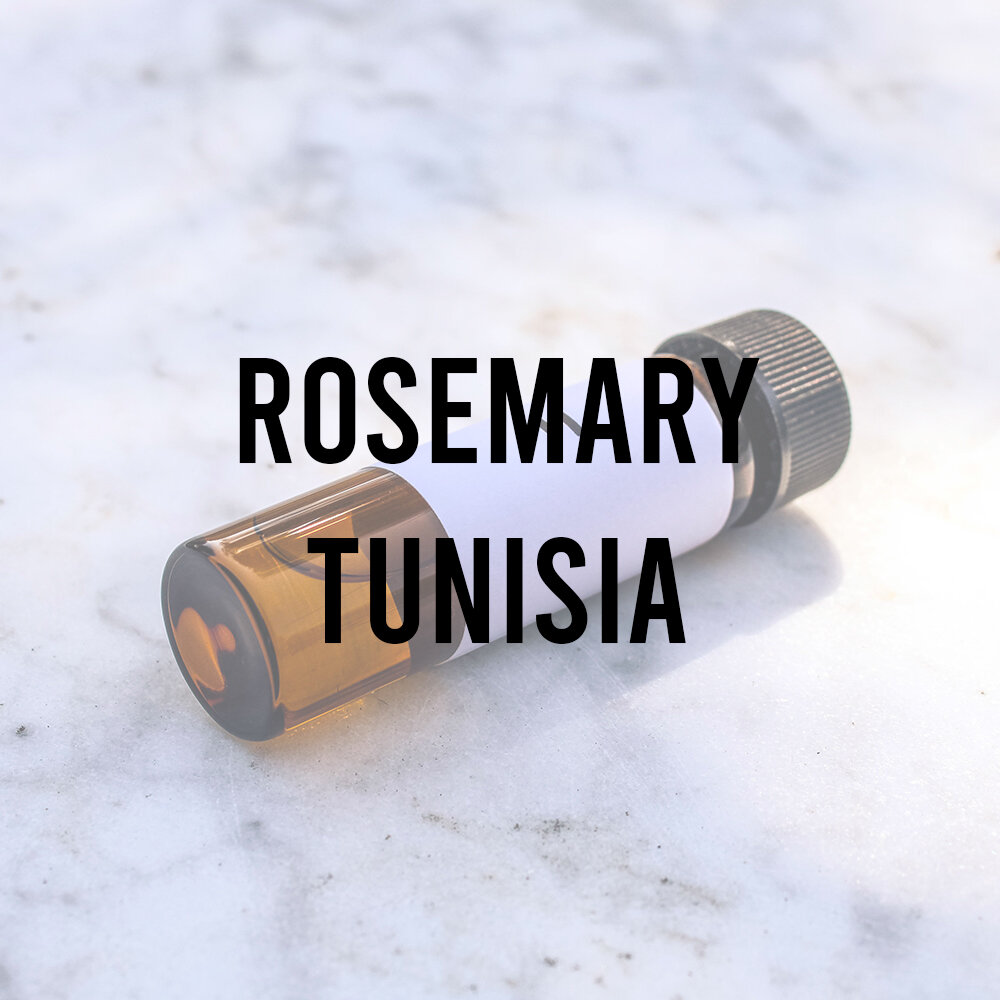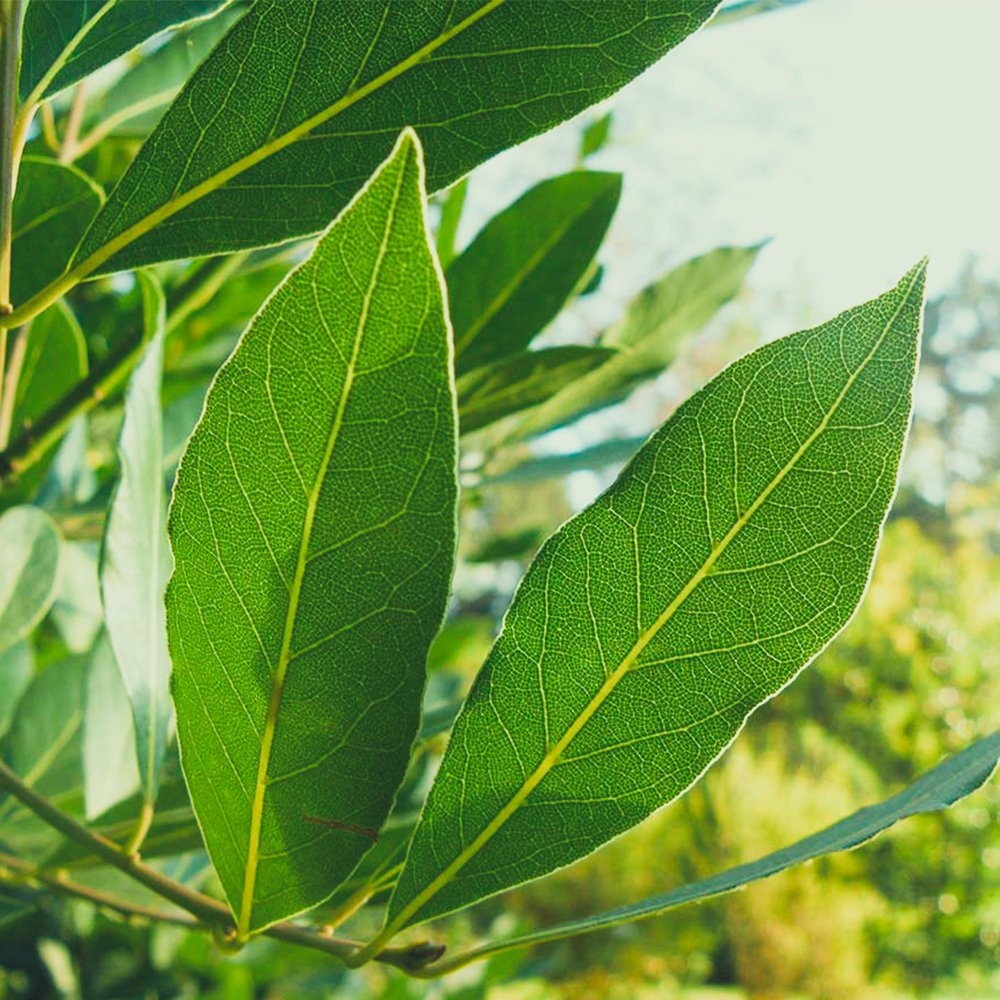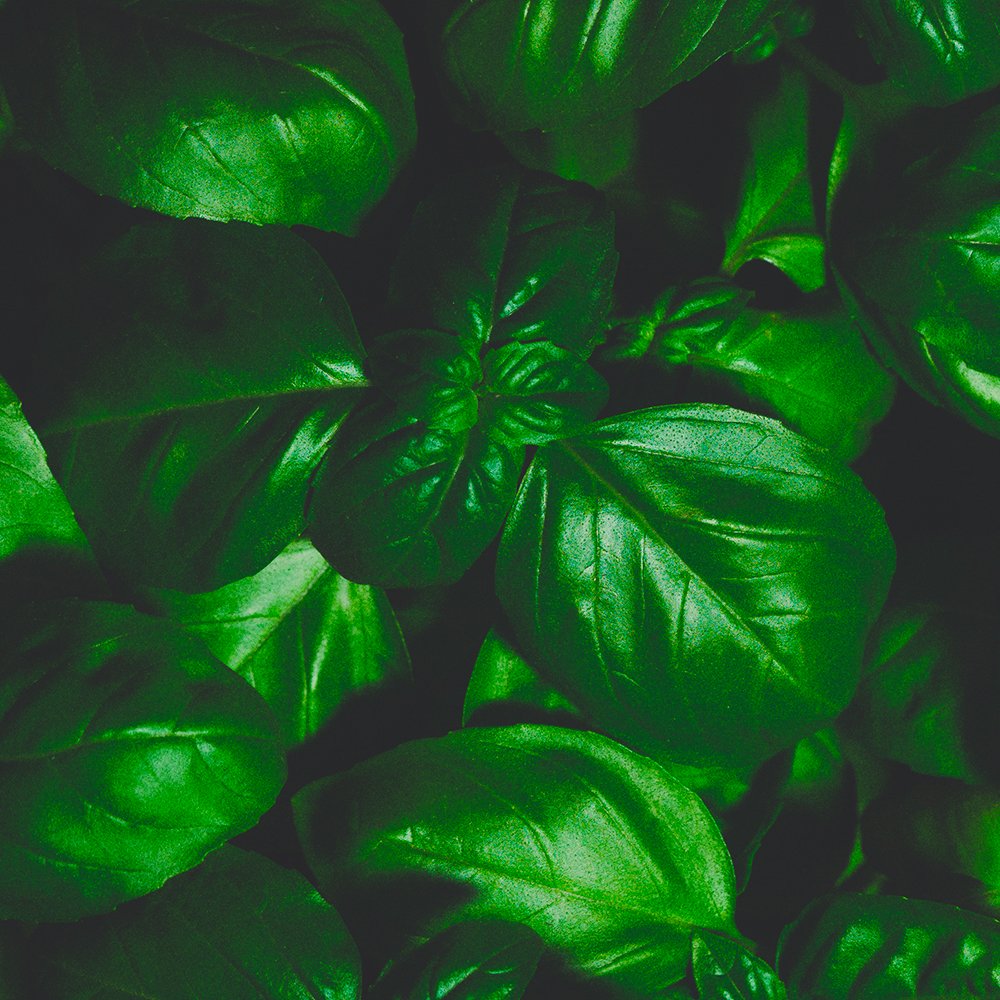Rosemary Oil Tunisia
Premium Natural Ingredient for Perfumery
Rosemary Oil Tunisia (CAS 8000-25-7) is a steam-distilled essential oil obtained from the flowers and leaves of Rosmarinus officinalis wild-harvested in Tunisia. This oil is chemically characterized by a high monoterpene content, significant levels of borneol, and minimal cineolic harshness. It presents a fresh, aromatic profile with a clean woody-balsamic heart and a dry, bitter-sweet herbaceous base. Tunisian rosemary oil is favored in fine perfumery and functional fragrance, especially where aromatic brightness and masking performance are required.
Premium Natural Ingredient for Perfumery
Rosemary Oil Tunisia (CAS 8000-25-7) is a steam-distilled essential oil obtained from the flowers and leaves of Rosmarinus officinalis wild-harvested in Tunisia. This oil is chemically characterized by a high monoterpene content, significant levels of borneol, and minimal cineolic harshness. It presents a fresh, aromatic profile with a clean woody-balsamic heart and a dry, bitter-sweet herbaceous base. Tunisian rosemary oil is favored in fine perfumery and functional fragrance, especially where aromatic brightness and masking performance are required.
Premium Natural Ingredient for Perfumery
Rosemary Oil Tunisia (CAS 8000-25-7) is a steam-distilled essential oil obtained from the flowers and leaves of Rosmarinus officinalis wild-harvested in Tunisia. This oil is chemically characterized by a high monoterpene content, significant levels of borneol, and minimal cineolic harshness. It presents a fresh, aromatic profile with a clean woody-balsamic heart and a dry, bitter-sweet herbaceous base. Tunisian rosemary oil is favored in fine perfumery and functional fragrance, especially where aromatic brightness and masking performance are required.
Natural Ingredient Overview
🔎 Botanical Name: Rosmarinus officinalis
📂 CAS N°: 8000-25-7 / 84604-14-8
🌍 Origin: Tunisia
📝 Odor Type: Aromatic
📈 Odor Strength: Medium
👃🏼 Odor Profile: Strong, fresh, and woody-aromatic; opening freshness quickly fades into a clean balsamic core with a dry, tenacious herbaceous-bitter base
⚗️ Uses: Citrus colognes, fougères, lavender waters, Oriental and aldehydic compositions, soaps, room sprays, disinfectants
🧴 Appearance: Pale yellow to almost colorless liquid
What is Rosemary Oil Tunisia?
Rosemary Oil Tunisia is extracted via steam distillation from the flowering tops and leaves (no twigs) of Rosmarinus officinalis grown wild in Tunisia. The oil is known for:
High compositional uniformity
Refined aromatic clarity, without the coarse camphoraceous residue of lower-grade oils
Greater solubility and tenacity when used in terpeneless or concentrated formats
The Tunisian variant is managed by a small number of established distillers, and is typically processed without twig inclusion—yielding a softer, more balanced aromatic profile well-suited for fragrance creation.
Olfactory Profile & Perfumery Applications
👃🏼 Scent Breakdown:
Top: Fresh, minty-herbal with low cineole sharpness
Heart: Clean, balsamic, lightly woody
Base: Dry green herbal, persistent bitter-sweet tail
⚗️ Functional Roles:
Used in modern citrus colognes and classic fougères for its brightness and tenacity
Acts as a masking agent for phenolic or tar-like bases
Supports spicy-Oriental and aldehydic-woody formats when paired with olibanum or cinnamon
Adapted for functional perfumery, including soaps, household sprays, and detergents
🧪 Blend Synergies:
Olibanum, cinnamon bark oil, coumarin, labdanum
Lavandin, citronella, thyme, pine needle oils
Methyl ionones, petitgrain, isobornyl propionate
Method of Extraction
Extraction Process: Steam distillation
Botanical Material: Flowers and leaves only
Regional Specificity: Produced by two primary distillers in Tunisia, with controlled harvest and distillation processes
No twig inclusion: Enhances odor clarity, lowers resinous or camphoraceous distortion
Annual Output Estimate: ~35 metric tons historically (source: Arctander)
Regulatory & Safety Overview
IFRA: Permitted; standard restrictions apply in category-specific concentrations
EU Allergens: Contains potential traces of linalool, limonene, and eucalyptol; declaration required above 0.01% in leave-on products
ECHA (REACH): Registered; not classified as hazardous
Toxicology:
No acute dermal sensitization reported at typical usage levels
Readily biodegradable; not PBT or vPvB
Compatible with rinse-off and alcohol-based formulations; solubility improves in >80% ethanol
✅ Safe for regulated use across perfumery, functional fragrance, and air care applications.
Sources
Fulvio Ciccolo — 2021
Perfume and Flavor Materials of Natural Origin – S. Arctander (1961)
ECHA Substance Information (CAS 8000-25-7)
Internal distillation reports – Tunisian essential oil producers






